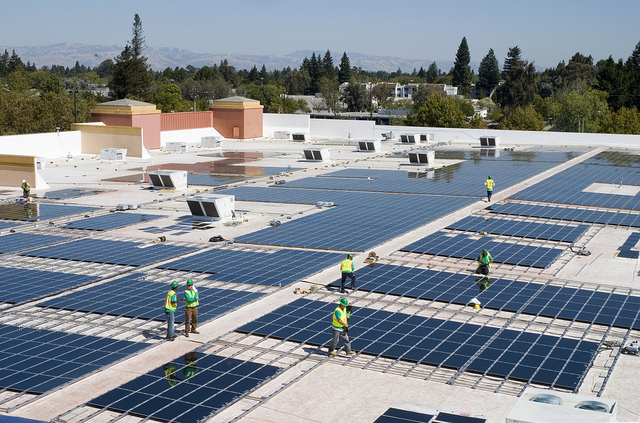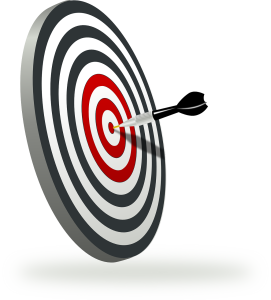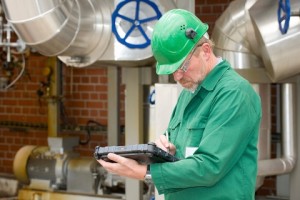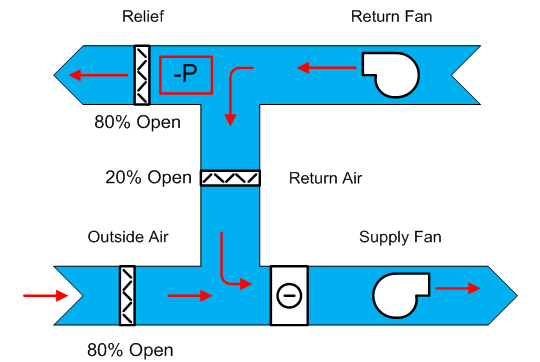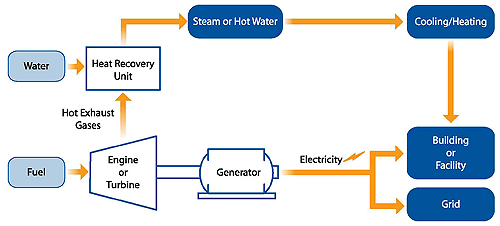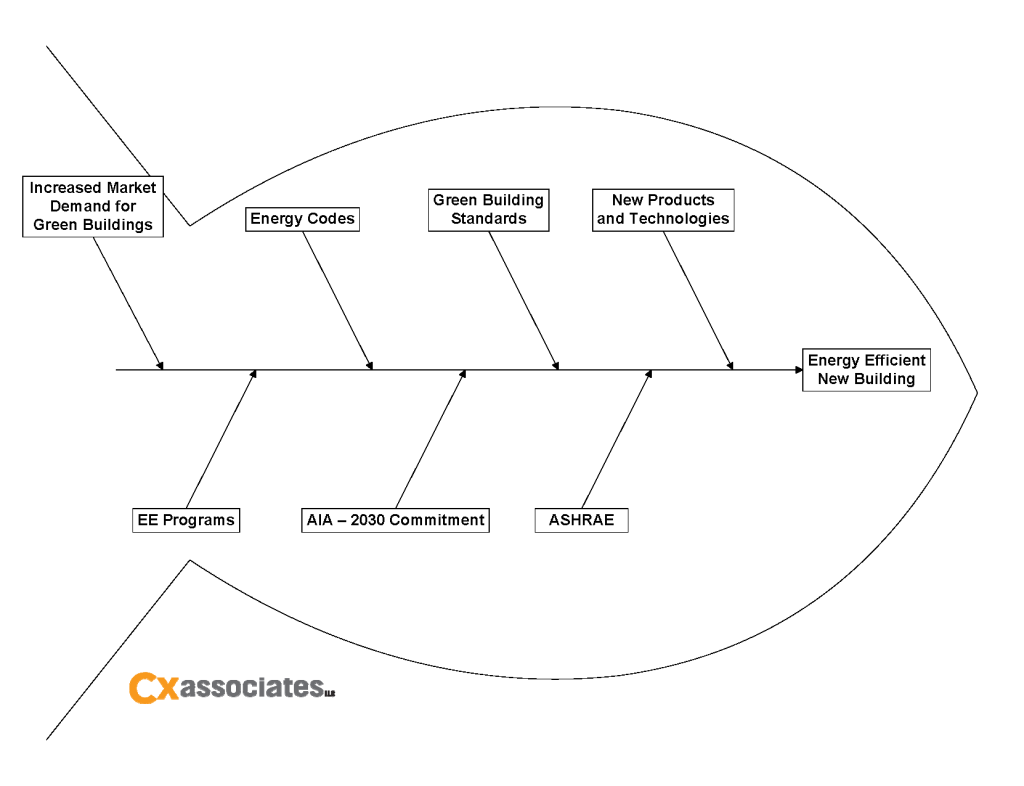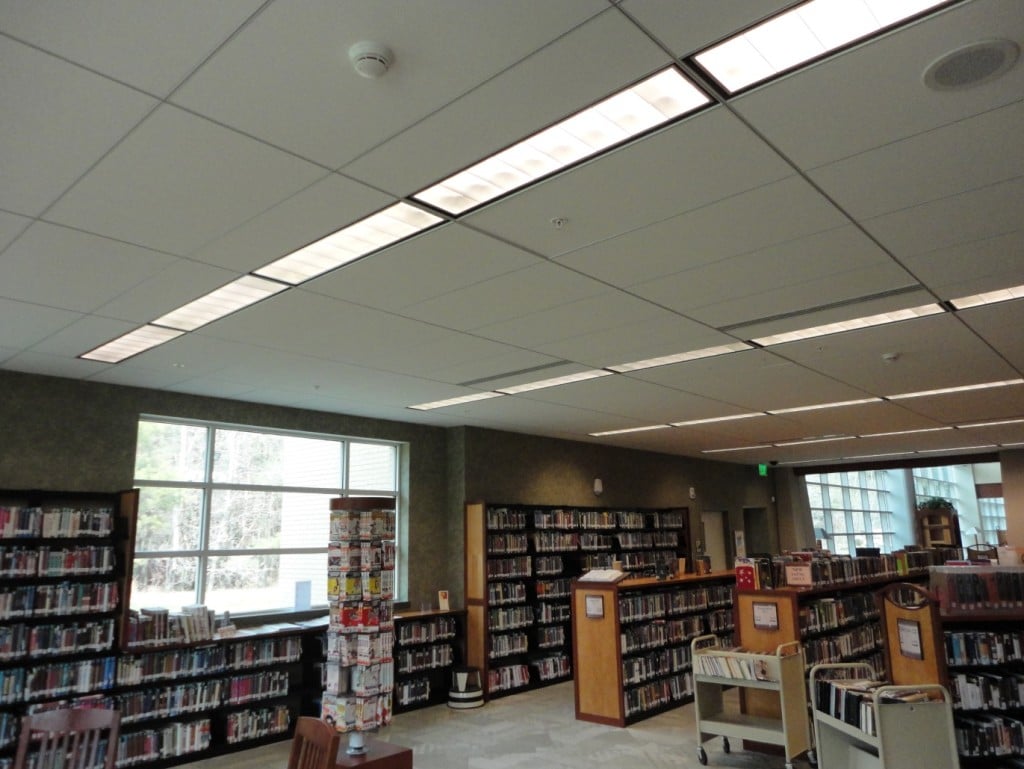In the five years or so between the late 2000s and 2014, prices for large-scale solar photovoltaic (aka “solar PV” or “PV”) power generation installations have fallen by 50% due to reasons including incremental technology improvements, higher production volumes, more efficient manufacturing, and more efficient and competitive installation. The news of falling large scale solar PV costs is not new to those who follow these kinds of things, but the continued drastic decline in prices has brought us to a point worth noting. A recently released Lawrence Berkeley National Laboratory (LBNL) report on this subject titled Utility-Scale Solar 2014[1], found that the 20th percentile of utility scale PV project costs (the least-expensive 20%) were installed for around $2 per WattAC. Some notable recent utility-scale PV power purchase agreements (a.k.a “PPAs”, which are contracts between producers and buyers of power typically for a fixed price per megawatt) in the Southwestern US have been for prices as low as $40/MWh—the study notes that at this price, solar PV is competitive with the fuel-only component of operating a natural gas plant (i.e., ignoring gas generation fixed capital costs such as the power plant itself!).
3 min read
Prices Keep Falling for Large-Scale Solar PV. So what?
By Ben Fowler on Oct 21, 2015 6:00:50 AM
Topics: Public Policy Energy Efficiency
2 min read
Is the Energy Efficiency Field Growing Up?
By Eveline Killian on Oct 7, 2015 6:00:00 AM
Is the energy efficiency field growing up? I am cautiously optimistic that the answer to this question is “yes.” From the discussions of the major carbon producers - China and USA – regarding limits to their emissions, to building codes ever increasing minimum building efficiencies, and efficient technologies being accepted by the market, it seems promising. Another positive sign is that energy efficiency programs are starting to go deeper into more complicated measures. This means we’re moving energy efficiency programs past the “low-hanging fruit” that the market understands, and administrators are looking towards new areas and technologies.
Topics: Energy Efficiency
3 min read
More Tech, More Energy Loss – A Shift in the Wrong Direction
By Matt Napolitan on Sep 30, 2015 6:00:48 AM
Technology and innovation have brought us great advances in energy efficiency. As examples, just look at the shift from incandescent lights to fluorescent lights and now to LEDs, or the move to variable air volume (VAV) air distribution systems from constant volume during the energy crisis of the 1970s. Those two evolutions alone have probably saved yotawatt[1] hours of electricity since they were introduced. The trend continues today with things like advanced building lighting controls and energy recovery air handlers.
Topics: Energy Efficiency
3 min read
Setback Strategies for Unoccupied Healthcare Operating Rooms
By Brent Weigel on Sep 16, 2015 6:00:00 AM
In a previous blog post, I discussed the efficiency opportunity for airflow setback in healthcare operating rooms (ORs). Airflow setback is one of the more significant opportunities for energy savings in unoccupied ORs, and is included in the American Society of Healthcare Engineers (ASHE) white paper [PDF] on OR HVAC setback strategies. ASHE’s “Operating Room HVAC Setback Strategies” provides guidance that warrants consideration by facility engineers. In this post, I would like to highlight and qualify some of the important insights from ASHE regarding OR HVAC setback strategies.
Topics: Energy Efficiency Building Performance & Technology Healthcare
3 min read
Customer-Facing Tools to Manage Energy Use
By Jennifer Chiodo on Aug 26, 2015 9:30:00 AM
Commercial buildings have complex systems, end uses, and operations making managing their energy use a challenge. “Big data” is the trend in the building energy industry, but operators do not have time to analyze operating data. We need to provide building operators with easily digestible information including:
Topics: Energy Efficiency Building Performance & Technology
3 min read
Why Third Party Energy Efficiency Program Evaluations?
By Eveline Killian on Aug 5, 2015 6:00:00 AM
The effectiveness of an energy efficiency program is measured in large part by the actual savings realized by the efficiency measures installed. Every program is accountable to the state’s Public Utility Commission (PUC) and utility rate payers, to ensure that public money is being invested wisely. The wise investment of public money is dependent upon how the efficiency measures are installed and operated.
Topics: Energy Efficiency Evaluation Measurement & Verification (EM&
3 min read
Creating a Bid Document for a Ventilation VAV Retrofit
By Katie Mason on Jul 1, 2015 12:00:00 PM
After completion of an ASHRAE Level 2 Energy Audit, a building owner is faced with the question of how to move on to the implementation phase of the identified energy saving opportunities. The audit report provides estimates for annual energy savings for each opportunity, as well as the simple payback to help determine if the measure is financially feasible. However, the audit does not design a measure in enough detail that a contractor can accurately bid or install the measure so that the savings are realized. Therefore we suggest that the building owner hire a technical consultant (designer or commissioning engineer) to develop a bid document that details the design of the measure. This technical consultant must understand the owner’s goals and expectations for the project.
Topics: Building Cx & Design Review Energy Efficiency
2 min read
Right-Sizing Combined Heat and Power Systems
By Brent Weigel on Jun 3, 2015 6:00:00 AM
Combined heat and power (CHP) systems provide a great opportunity to reduce facility energy costs, to increase the productive use of fossil fuel energy, and to provide distributed generation for the electric power grid. Efficiency programs are providing incentives that make CHP systems increasingly viable and attractive for facility owners and operators. But when you make the choice to install a CHP system, you want to be well-informed of the risks to achieving the expected system performance.
Topics: Energy Efficiency Building Performance & Technology
2 min read
Why Energy Efficiency Process Evaluation Needs Market Smarts
By Jennifer Chiodo on May 27, 2015 6:30:00 AM
Generating Market Demand
The purpose of energy efficiency programs is to cost effectively generate market demand for energy efficiency that would not be achieved without market intervention. An energy efficiency process evaluation investigates the effectiveness of programmatic interventions through qualitative and quantitative analysis. Marrying the analytical engineering-based approach of impact evaluation with the typically more social science orientation of traditional process evaluation can generate useful, actionable results to help program administrators improve market interventions to increase participation, depth of savings, and market transformation.
Topics: Energy Efficiency Evaluation Measurement & Verification (EM&
3 min read
EM&V Metering: Right Place, Right Time, Right Duration
By Walker Calderwood on May 13, 2015 6:00:00 AM
Continuing on an earlier blog post on Evaluation, Measurement and Verification (EM&V), a vital source of information for the EM&V process comes from metering. As mentioned in Katie’s recent blog post, there are many types of meters that can be used to collect data for analyzing energy savings. Using the right type of meter is important, but ensuring your engineering team installs it in the right place at the right time for the right duration is also critical to ensuring that the data collected by the meters is both valid and beneficial for the energy analysis for which it will be used.

